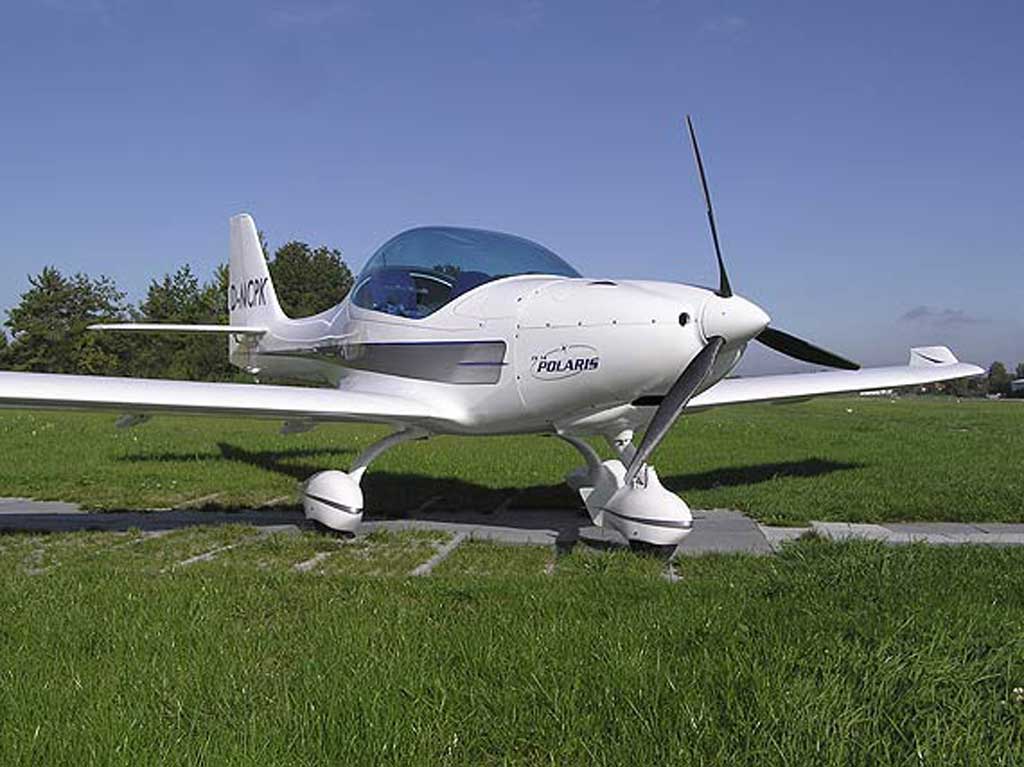External Aircraft Lighting - Paramount Panels

Some Known Details About Aircraft lights - Aveo - Lights and strobes
See "User Guide" in external links. Ships at anchor show a couple of white anchor lights (depending upon the vessel's length) that can be seen from all directions. If 2 lights are revealed then the forward light is higher than the aft one. Boats classed as "little" are not forced to carry navigation lights and might make use of a portable torch.
They are usually used to increase presence to others, and to signal actions such as getting in an active runway or beginning up an engine. Historically, incandescent bulbs have actually been utilized to provide light, nevertheless just recently Light-emitting diodes have actually been used. Anti-collision light on top of the vertical stabilizer and navigation light in the wing pointer throughout daytime.
A white navigation light is as far aft as possible on the tail or each wing idea. High-intensity strobe lights lie on the airplane to help in crash avoidance. Anti-collision lights are flashing lights on the top and bottom of the fuselage, wingtips and tail tip. Their purpose is to alert others when something is taking place that landing crew and other aircraft requirement to be familiar with, such as running engines or entering active runways.
Some Known Details About AveoEngineering – Aircraft LED lighting and accessories

High-intensity white strobe lights become part of the anti-collision light system, along with the red turning beacon. All airplane constructed after 11 March 1996 must have an anti-collision light system (strobe lights or rotating beacon) switched on for all flight activities in poor presence. A Good Read -collision system is recommended in great exposure, where just strobes and beacon are needed.
These beacon lights stay on throughout of the flight. While cabbing, the taxi lights are on. When coming onto the runway, the taxi lights go off and the landing lights and strobes go on. When passing 10,000 feet, the landing lights are no longer required, and the pilot can choose to turn them off.
Landing lights are intense white, forward and downward facing lights on the front of an airplane. Their function is to allow the pilot to see the landing location, and to permit ground team to see the approaching aircraft. Civilian industrial airliners likewise have other non-navigational lights. These include logo design lights, which brighten the company logo design on the tail fin.
